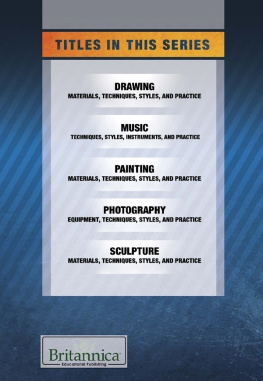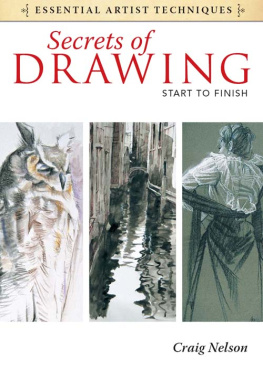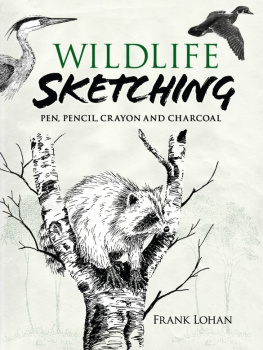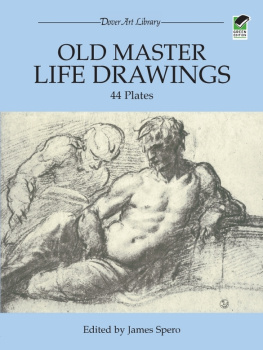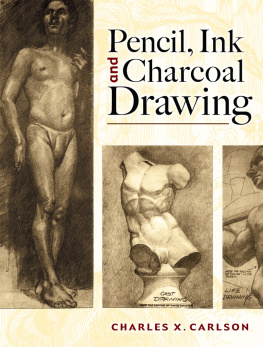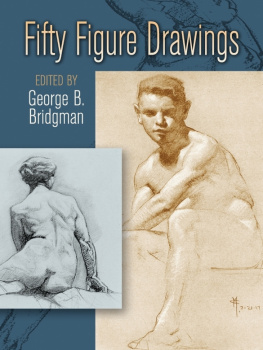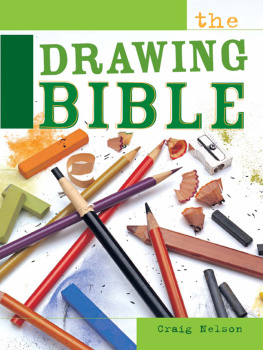
Published in 2017 by Britannica Educational Publishing (a trademark of Encyclopdia Britannica, Inc.) in association with The Rosen Publishing Group, Inc.
29 East 21st Street, New York, NY 10010
Copyright 2017 by Encyclopdia Britannica, Inc. Britannica, Encyclopdia Britannica, and the Thistle logo are registered trademarks of Encyclopdia Britannica, Inc. All rights reserved.
Rosen Publishing materials copyright 2017 The Rosen Publishing Group, Inc. All rights reserved
Distributed exclusively by Rosen Publishing.
To see additional Britannica Educational Publishing titles, go to rosenpublishing.com.
First Edition
Britannica Educational Publishing
J.E. Luebering: Executive Director, Core Editorial
Anthony L. Green: Editor, Comptons by Britannica
Rosen Publishing
Kathy Kuhtz Campbell: Senior Editor
Nelson S: Art Director
Michael Moy: Designer
Cindy Reiman: Photography Manager
Nicole Baker: Photo Researcher
Supplementary material by Trenton Campbell
Library of Congress Cataloging-in-Publication Data
Names: Campbell, Trenton, editor.
Title: Drawing : materials, techniques, styles, and practice / Edited by Trenton Campbell.
Description: New York : Britannica Educational Publishing in Association with Rosen Educational Services, 2017. | Series: Britannicas Practical Guide to the Arts | Includes bibliographical references and index.
Identifiers: LCCN 2015047448 | ISBN 9781680483611 (eBook)
Subjects: LCSH: Drawing--Technique--Juvenile literature. | Artists materials--Juvenile literature.
Classification: LCC NC730 .D75 2016 | DDC 741.2--dc23
LC record available at http://lccn.loc.gov/2015047448
Photo credits: Cover (inset images, from left) worldinmyeyes.pl/Shutterstock.com, bikeriderlondon/Shutterstock.com, illustrart/ Shutterstock.com; cover (background), Gjon Mili/The LIFE Picture Collection/Getty Images; back cover and interior pages stripe pattern Eky Studio/Shutterstock.com; additional cover and interior page border patterns and textures Dragana Jokmanovic//Shutterstock.com, somchaiP//Shutterstock.com, Alina G//Shutterstock.com, Pattanawit Chan//Shutterstock.com
CONTENTS
D rawing is the art or technique of producing images on a surface, usually paper, by means of marks, usually of ink, graphite, chalk, charcoal, or crayon. Drawing is a kind of universal language. The scribbles of children are drawings as truly as are the sketches of the masters. Children make marks on surfaces long before they learn to write. It is easy to understand, therefore, that drawing is the most fundamental of the arts and is closely related to all the others. Writing itself is simply the drawing of letters, which are symbols for sounds.
Although drawings differ in quality, they have a common purposeto give visible form to an idea and to express the artists feeling about it. As an art form, drawing is the translation of the idea and the emotion into a form that can be seen and felt by others.
The same can be said of painting. Indeed, most paintings first take form as drawings, although different methods and materials are used to complete them. Drawing is generally less laborious than painting, which means that it can be more spontaneous. The preliminary drawing may reveal more of the artists feeling about the subject than the polished final work. In a great drawing is displayed not only technical skill, but also the artists intense emotion at the moment of creation.
Personal feeling is clearly seen in the work of Giovanni Battista Tiepolo, a Venetian who lived in the 18th century. His drawing is full of the sunny brightness found in the work of the Venetians. In striking contrast is the drawing of Fernand Lger, a French artist of the 20th century. Lger composed drawings with mechanical precision. As a follower of the Cubist school, he reduced natural forms to geometrical shapes. His style permitted him to break down objects and reassemble them in his own way to get the effect he wanted.
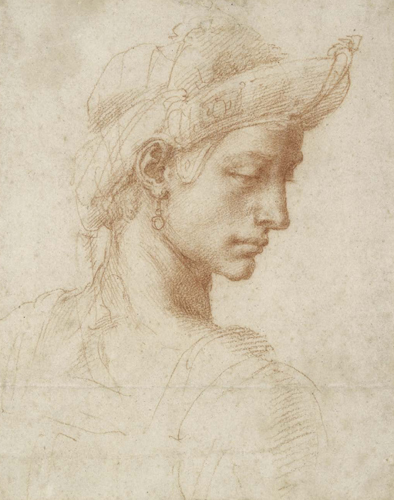
Michelangelo drew Profile with Oriental Headdress, a sanguine drawing on coloured paper, c. 1522. A sanguine is a chalk or crayon drawing done in a blood-red, reddish, or flesh-tone colour.
In addition to the way in which they feel about their subjects, artists reflect in their drawing their individual approaches to techniques and tools. Pure line is the simplest technical approach to drawing. In line drawings, form is usually expressed by line only. There is no attempt to distinguish between light and dark. Master drafters have discovered that understatement, or the skillful use of a few lines, will usually result in a better drawing. Relative distance forward and backward is frequently achieved by emphasizing the width or depth of certain lines, particularly those closest to the observer.
Line drawing was used in Asian, Egyptian, and early Greek art. Its influence can be traced through Byzantine and medieval work, particularly where the Asian influence was strong. Such a drawing is the 16th-century Persian pen sketch Camel with Driver. In this composition the animal and driver are drawn in rounded outline. Only a few evidences of textural treatment are found on the camels head, tail, and forelegs.
To show form and shadow, an artist may draw a set of closely spaced lines called hatching, or two sets of intersecting lines called crosshatch lines. These devices, together with sharply accented highlights, were used by such masters as Rembrandt.
Most artists have used combinations of line and form techniques. The drawings of Michelangelo, however, represent pure form drawings. He makes the viewer feel the roundness of his figures.
Perspective and foreshortening have been used by some artists to give depth to their drawings. Objects in the distance usually are made smaller, and the receding edges of forms seem to converge at one or more vanishing points. Other artists abstract the essential features of a form without in any way representing the form in an imitative style. Still other artists use drawing to produce emotional effects. Short, jagged lines might indicate intense anger; broad curves might signify contentment.
The character of a drawing is also conditioned by the tools that the artist uses in its development and by the material on which the artist draws. Most drawings are done on paper, which may vary in weight, surface texture, and colour.
Smooth papers are most likely to be used for fine pen and pencil drawings. Rough surfaces are most preferred for dry brush drawings. Coloured papers may be used when the artist wants to give tonal background to a chalk or charcoal sketch.
Pen and ink have been used by artists since ancient times. During the Middle Ages pens were made from goose quills. Nowadays, drawing pens are available with metal nibs of varying width. Black India ink and other kinds and colours are used today. The Chinese liked to use brush and ink, and this combination is still common.
Pencils did not come into general use until after 1800. Now many different sizes and shapes are available, with a wide range of hard and soft leads. Softer leads make blacker impressions. Chalk and charcoal have been used for drawing since ancient times. They are limited in use because they smear easily, but such artists as Michelangelo and Edgar Degas developed tonal effects by rubbing them into the surface of the paper. Crayons have the advantage of colour. Pastel colours are made of finely ground crayon pigment with a small quantity of gum or resin to hold the particles together. Pastel allows soft effects in a full range of colours.

